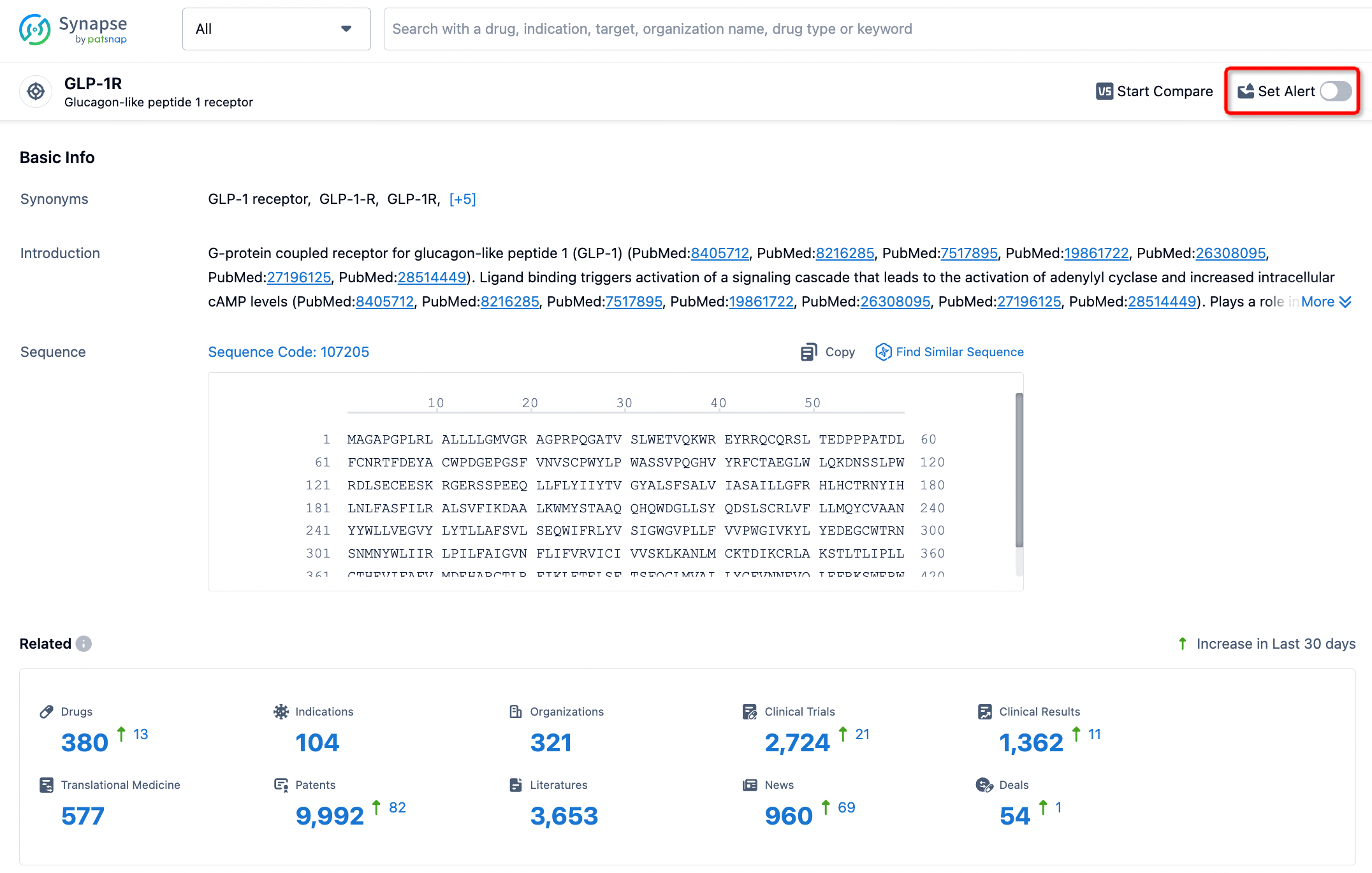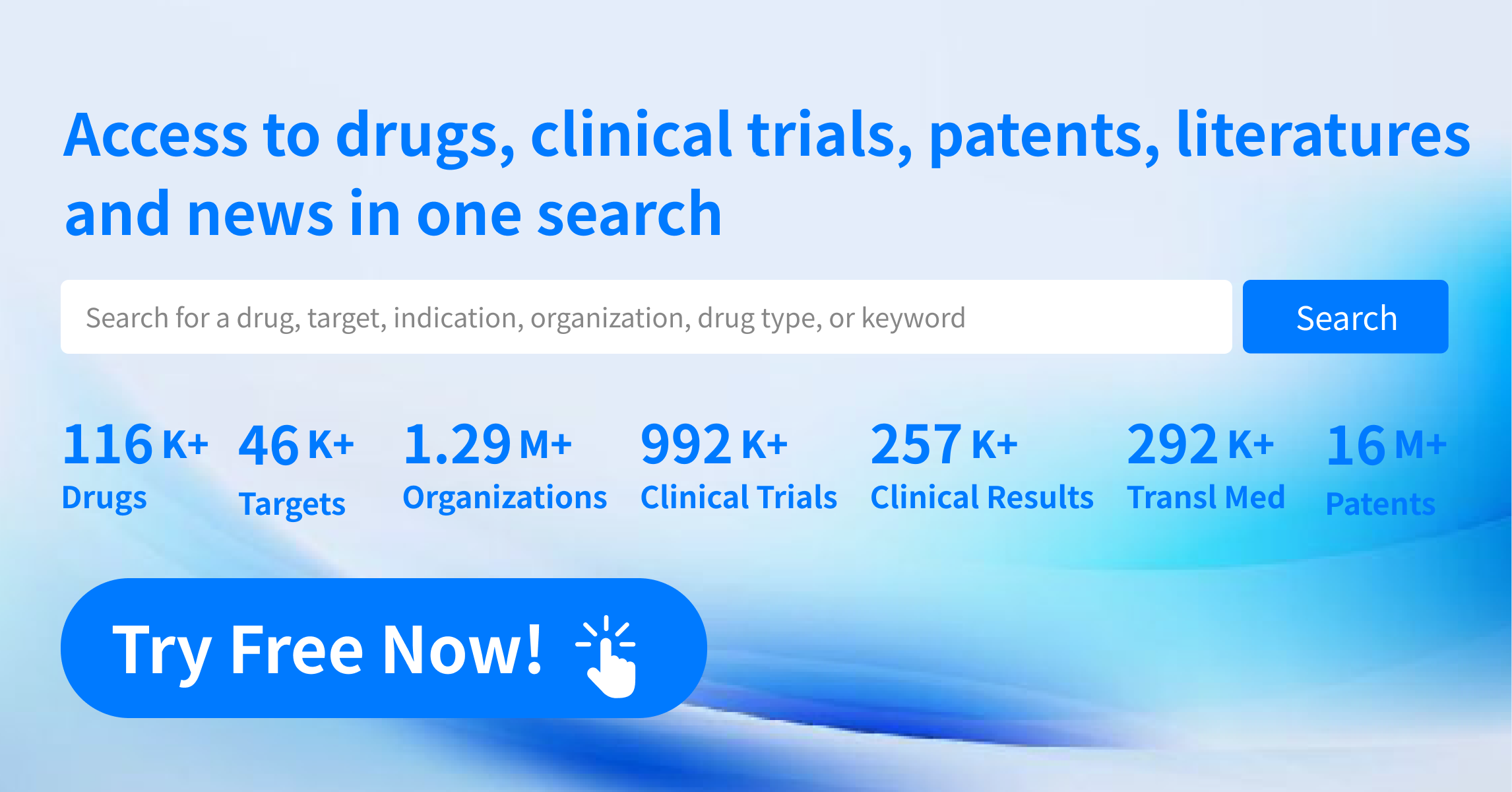Request Demo
What are TPP1 gene transference and how do they work?
21 June 2024
The TPP1 gene is a critical part of our genetic makeup, playing an essential role in various biological processes. Understanding TPP1 gene transference can open new doors in the medical field, particularly in the treatment of rare genetic disorders. This blog post delves into the intricate world of TPP1 gene transference, explaining how it works and highlighting its current and potential applications.
The TPP1 gene encodes an enzyme known as tripeptidyl peptidase 1, which is involved in breaking down specific proteins within cells. Mutations in the TPP1 gene can lead to a deficiency in this enzyme, resulting in the accumulation of undigested proteins. This accumulation can cause cellular damage and is associated with a group of neurodegenerative disorders known as neuronal ceroid lipofuscinoses (NCLs), or Batten disease. The most common form associated with TPP1 mutations is CLN2 disease, which affects children and leads to severe neurological impairment. Given the severity of these conditions, research into TPP1 gene transference has gained significant momentum.
Gene transference involves the introduction of a functional copy of a gene into cells where the gene is either missing or malfunctioning. In the case of TPP1, this means delivering a healthy copy of the TPP1 gene to patients who have mutations in their TPP1 gene, thereby restoring normal enzyme function. Various methods are employed in gene transference, each with its benefits and challenges.
One of the most common techniques is the use of viral vectors. These are viruses engineered to carry human genes into cells without causing disease. Adeno-associated viruses (AAV) are particularly popular vectors because of their ability to target specific types of cells and their safety profile, as they rarely integrate into the host genome, reducing the risk of insertional mutagenesis. In TPP1 gene therapy, AAV vectors are used to deliver the functional TPP1 gene into the patient's brain cells. This is critical because the enzyme deficiency primarily affects neurons, and direct delivery to the brain is necessary to achieve therapeutic benefits.
Another promising approach is the use of non-viral vectors, which include techniques like electroporation and liposomes to deliver genes into cells. These methods can be advantageous as they avoid the immune responses sometimes triggered by viral vectors. However, challenges such as lower efficiency and difficulties in targeting specific cell types need to be addressed to make non-viral methods viable for clinical use.
TPP1 gene transference is primarily used in the context of treating CLN2 disease. Current treatments for this condition are limited and primarily focus on managing symptoms rather than addressing the underlying cause. Enzyme replacement therapy (ERT) has been explored, where the missing enzyme is directly delivered to the brain. While this approach can slow disease progression, it requires regular and invasive administration. Gene therapy offers the potential for a one-time treatment that could provide long-lasting benefits by correcting the enzyme deficiency at its source.
Clinical trials for TPP1 gene therapy have shown promising results. Early-phase studies have demonstrated that this approach can increase enzyme levels in the brain, reduce the accumulation of undigested proteins, and slow the progression of neurological symptoms in animal models and human patients. These encouraging findings have paved the way for further research and development, with the goal of making TPP1 gene therapy a viable treatment option for those affected by CLN2 disease.
Beyond CLN2 disease, the principles of TPP1 gene transference can be applied to other genetic disorders characterized by enzyme deficiencies. By understanding how to effectively deliver functional genes to specific cell types, researchers can develop targeted therapies for a range of conditions, offering hope to those with currently untreatable diseases.
In conclusion, TPP1 gene transference represents a significant advancement in the field of genetic medicine. While challenges remain, the progress made thus far underscores the potential of gene therapy to transform the treatment of genetic disorders. As research continues, we can look forward to a future where conditions like CLN2 disease are not only manageable but potentially curable through innovative genetic interventions.
The TPP1 gene encodes an enzyme known as tripeptidyl peptidase 1, which is involved in breaking down specific proteins within cells. Mutations in the TPP1 gene can lead to a deficiency in this enzyme, resulting in the accumulation of undigested proteins. This accumulation can cause cellular damage and is associated with a group of neurodegenerative disorders known as neuronal ceroid lipofuscinoses (NCLs), or Batten disease. The most common form associated with TPP1 mutations is CLN2 disease, which affects children and leads to severe neurological impairment. Given the severity of these conditions, research into TPP1 gene transference has gained significant momentum.
Gene transference involves the introduction of a functional copy of a gene into cells where the gene is either missing or malfunctioning. In the case of TPP1, this means delivering a healthy copy of the TPP1 gene to patients who have mutations in their TPP1 gene, thereby restoring normal enzyme function. Various methods are employed in gene transference, each with its benefits and challenges.
One of the most common techniques is the use of viral vectors. These are viruses engineered to carry human genes into cells without causing disease. Adeno-associated viruses (AAV) are particularly popular vectors because of their ability to target specific types of cells and their safety profile, as they rarely integrate into the host genome, reducing the risk of insertional mutagenesis. In TPP1 gene therapy, AAV vectors are used to deliver the functional TPP1 gene into the patient's brain cells. This is critical because the enzyme deficiency primarily affects neurons, and direct delivery to the brain is necessary to achieve therapeutic benefits.
Another promising approach is the use of non-viral vectors, which include techniques like electroporation and liposomes to deliver genes into cells. These methods can be advantageous as they avoid the immune responses sometimes triggered by viral vectors. However, challenges such as lower efficiency and difficulties in targeting specific cell types need to be addressed to make non-viral methods viable for clinical use.
TPP1 gene transference is primarily used in the context of treating CLN2 disease. Current treatments for this condition are limited and primarily focus on managing symptoms rather than addressing the underlying cause. Enzyme replacement therapy (ERT) has been explored, where the missing enzyme is directly delivered to the brain. While this approach can slow disease progression, it requires regular and invasive administration. Gene therapy offers the potential for a one-time treatment that could provide long-lasting benefits by correcting the enzyme deficiency at its source.
Clinical trials for TPP1 gene therapy have shown promising results. Early-phase studies have demonstrated that this approach can increase enzyme levels in the brain, reduce the accumulation of undigested proteins, and slow the progression of neurological symptoms in animal models and human patients. These encouraging findings have paved the way for further research and development, with the goal of making TPP1 gene therapy a viable treatment option for those affected by CLN2 disease.
Beyond CLN2 disease, the principles of TPP1 gene transference can be applied to other genetic disorders characterized by enzyme deficiencies. By understanding how to effectively deliver functional genes to specific cell types, researchers can develop targeted therapies for a range of conditions, offering hope to those with currently untreatable diseases.
In conclusion, TPP1 gene transference represents a significant advancement in the field of genetic medicine. While challenges remain, the progress made thus far underscores the potential of gene therapy to transform the treatment of genetic disorders. As research continues, we can look forward to a future where conditions like CLN2 disease are not only manageable but potentially curable through innovative genetic interventions.
How to obtain the latest development progress of all targets?
In the Synapse database, you can stay updated on the latest research and development advances of all targets. This service is accessible anytime and anywhere, with updates available daily or weekly. Use the "Set Alert" function to stay informed. Click on the image below to embark on a brand new journey of drug discovery!
AI Agents Built for Biopharma Breakthroughs
Accelerate discovery. Empower decisions. Transform outcomes.
Get started for free today!
Accelerate Strategic R&D decision making with Synapse, PatSnap’s AI-powered Connected Innovation Intelligence Platform Built for Life Sciences Professionals.
Start your data trial now!
Synapse data is also accessible to external entities via APIs or data packages. Empower better decisions with the latest in pharmaceutical intelligence.


